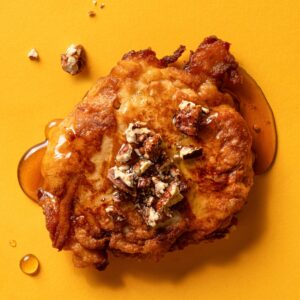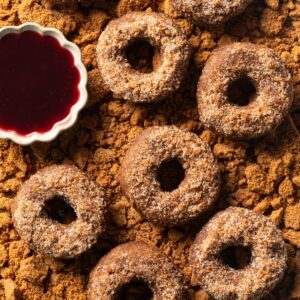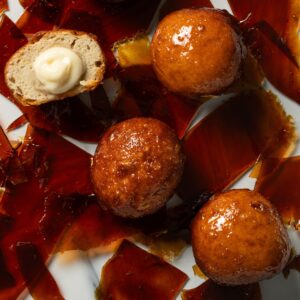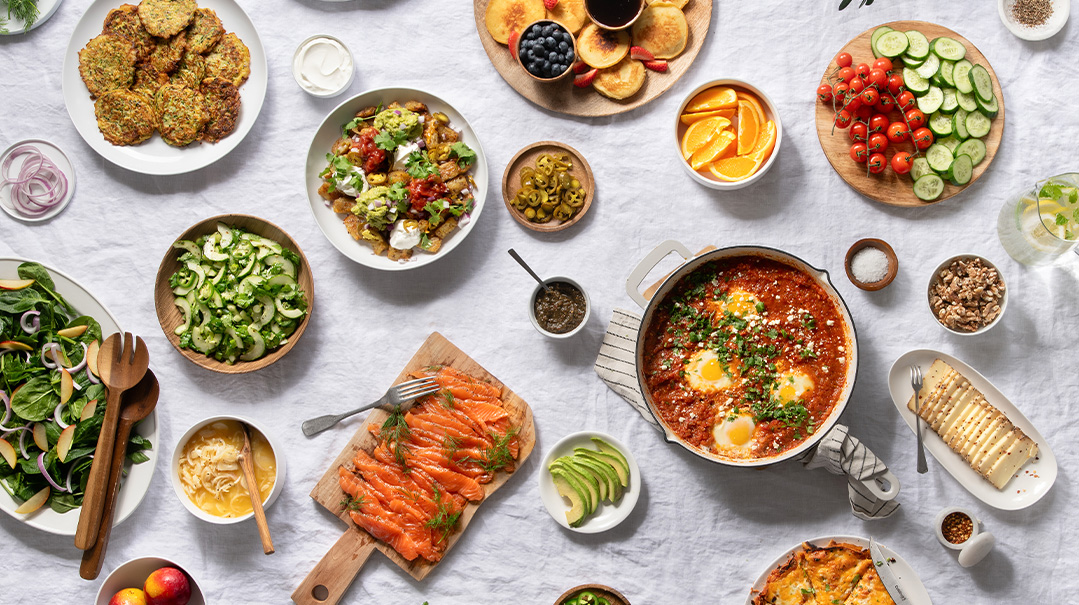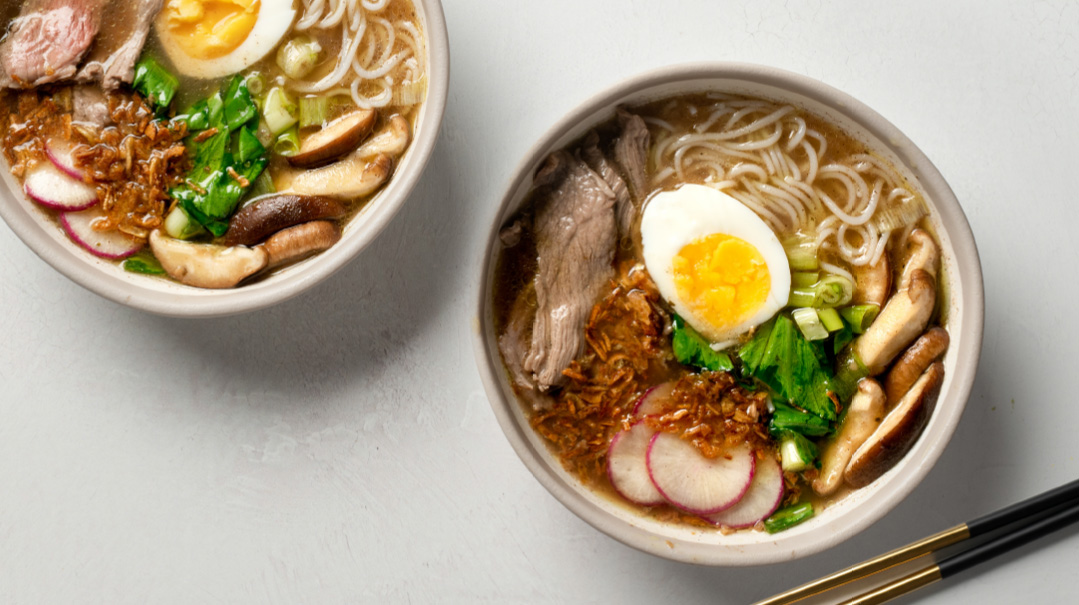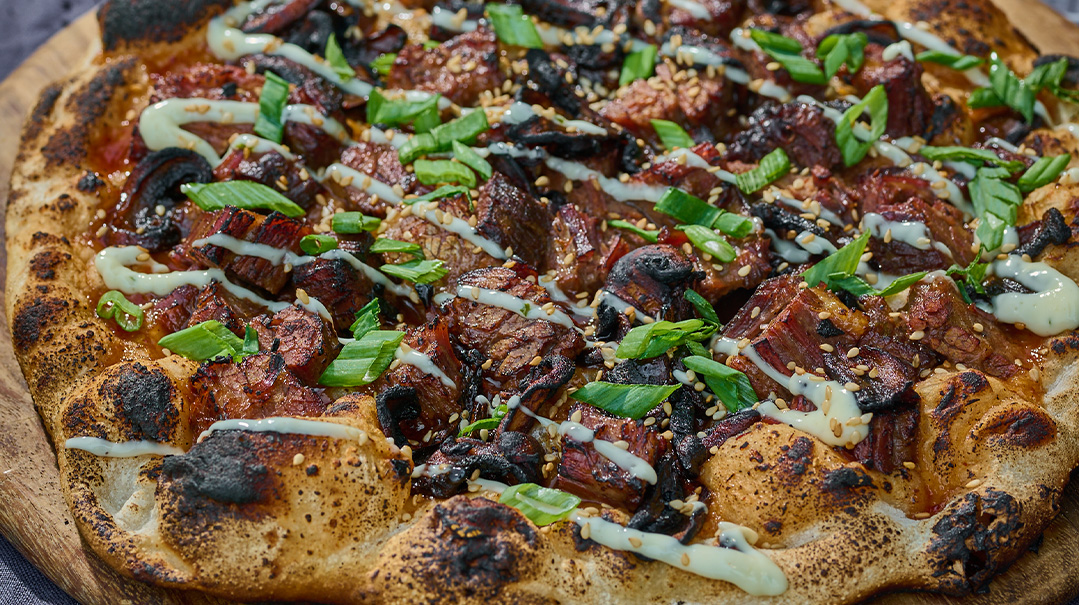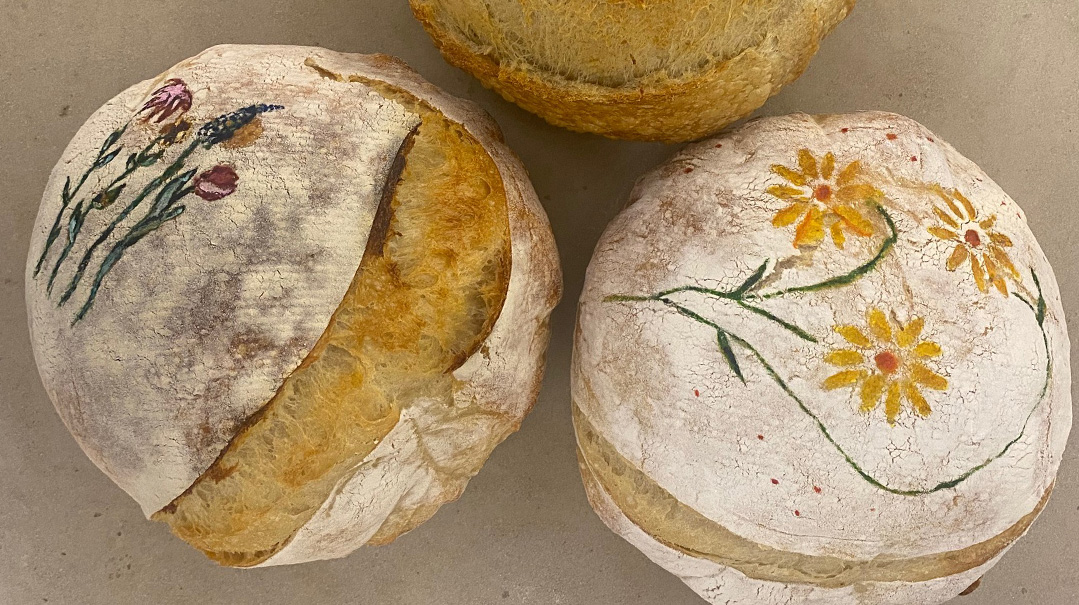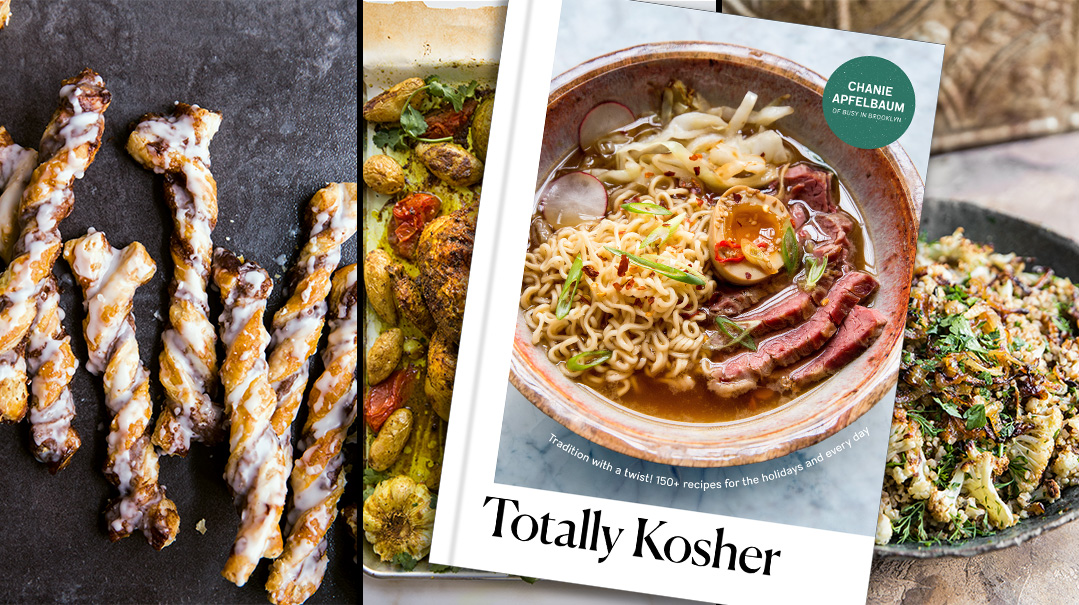Defrosting Mistakes We Make
| September 6, 2022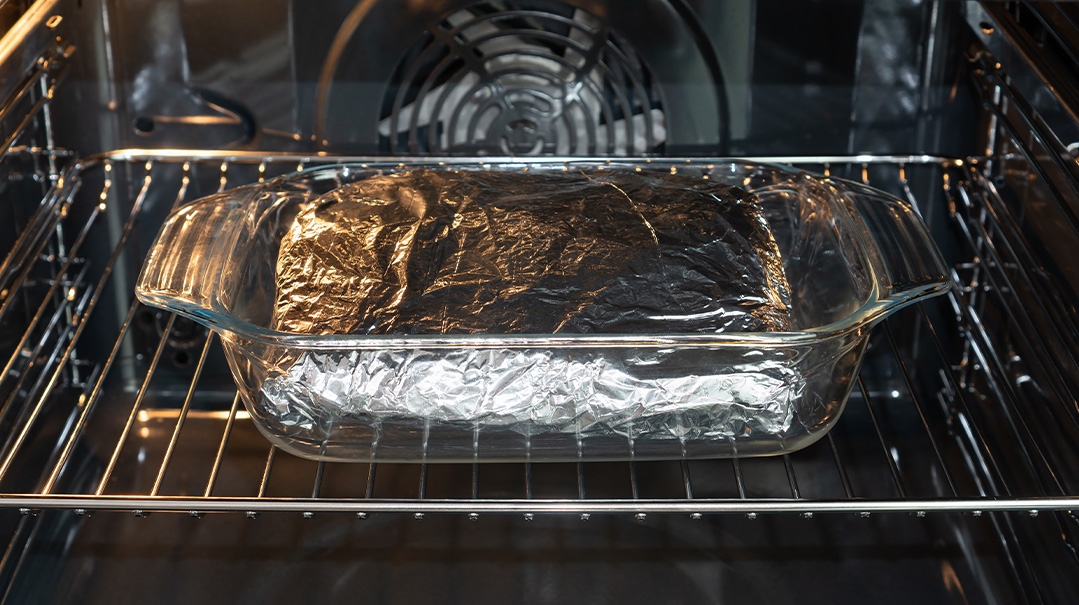
Wondering if it’s worthwhile to cook ahead for Yom Tov? Do you throw up your hands in despair when your defrosted food came out waterlogged or freezer-
burned yet again? Naomi has your back with tips, tricks, and instructions to avoid common issues with freezing food. If your freezer is now stocked only with prepackaged foods you bought in the freezer aisle, just know that it doesn’t have to be that way. Your freezer can be your best friend, helping you be more efficient and organized during the pre-Yom Tov cooking marathon. Think about future you for a second, and realize how much she would appreciate crossing some dishes off her to-do list!
Should frozen meats (slow-cooked, in sauce) be reheated frozen or defrosted?
Either way works. Any meat slow-cooked in sauce reheats really well, whether it goes straight from the freezer to the oven or from the fridge to the oven or from the counter to the oven, as long as there is enough sauce. I always reheat in an oven set at a lower temperature so the meat doesn’t dry out, but this type of dish is basically indestructible.
Should kugels be reheated frozen? Raw? Defrosted? Covered or uncovered?
Kugel should go from the freezer to a low and slow oven (275–300°F/145–150°C); first for 30 minutes covered, and then uncovered.
Should foods that were fried (such as wontons) be reheated frozen or defrosted? Uncovered? At what temperature?
Fried and then frozen and then reheated is just plain awful. Fried foods like wontons are best frozen uncooked, spread out on a parchment-lined baking sheet. Once they’re frozen, you can consolidate and then bag them. Defrost to room temperature and then fry them fresh. (Make sure there’s no residual liquid or icicles since any moisture will cause the oil to splatter.)
On the other hand, foods like schnitzel can be reheated after frying, although of course it won’t taste the same. You can reheat the cutlets while still frozen, or even somewhat defrosted, in the oven uncovered at 400°F. Watch them carefully to prevent burning, since they’ve been already cooked once, after all.
Can (bone-in) chicken be reheated? Can it be frozen? If so, how do you reheat it?
Chicken in lots of sauce can be frozen and then reheated, no problem. You can defrost it, put it in the oven covered for a short while, and then uncover it to crisp it up or brown it.
If I want to make a recipe that doesn’t have a lot of sauce, I spice it all up, freeze it raw, and then defrost it and cook it fresh when I want to serve it.
Is it ever possible to reheat medium-rare roasts or steaks?
It’s never a good idea to reheat medium-
rare roasts or steaks. They will always overcook so I advise against it. If you need to prepare your main dish in advance, just choose another cut of meat. If you do actually know of a way to do this, then please let me know — I’d be interested in hearing!
Is it possible to reheat white-meat chicken?
I don’t think so, because I think it really dries it out. You can reheat dark chicken cutlets, but that doesn’t work well with white-meat chicken.
How do you reheat dishes with puff pastry dough?
Not a problem; they can even go from freezer to oven. Always reheat with parchment paper underneath so it doesn’t get soggy and stick to the pan. I always make sure to use a proper baking sheet — never a disposable. Good solid metal ones are the best.
Is there a way to reheat roasted vegetables?
It just doesn’t work; they get soggy and mushy. If you want to prep ahead, you can prepare the dressing in advance, but roasted vegetables have to be prepared fresh. But then again, if someone does do it, please let me know how.
How do you reheat chocolate lava cakes?
I prepare the whole thing, freeze the cakes unbaked, and then when I’m ready to serve, I defrost them to room temperature and bake fresh. Baking in advance will result in overbaked cakes.
If I want medium-rare meat to be ready for the meal, how should I cook it? How does it differ between Shabbos and Yom Tov?
During the week, I make such meat only right before I want to serve it. I don’t do any prep ahead, just seasoning it in the morning and keeping in the fridge. (Have in mind that you must bring it to room temperature before cooking it.)
Since, as I mentioned previously, you can’t reheat medium-rare meat, you have to use a different method. It’s very hard to get that perfect bite for Friday night. If you want it to hit that sweet spot, you really have to babysit it. Cook it to rare, put it in an oven set to a very low temperature, and then watch it carefully. If you’re not keeping an eye out, you’ll find yourself putting it in the oven before candle lighting, and then, between the fish and the soup and the dips, you won’t get to the main course until hours later, and it will surely overcook.
For medium-rare meat Shabbos day, I have a great recipe for London broil (using the thin London broil) that I serve at room temperature, so we don’t have reheating issues. It works with basically any recipe, you just have to grill it on Friday for a couple of minutes on each side, using a thermometer to check the internal temperature. Then you just have to remember to bring it to room temperature when serving on Shabbos. I don’t put it on the blech because it will for sure overcook.
On Yom Tov it’s that much simpler — I cook my medium-rare meat fresh the day I serve it.
(Originally featured in Family Table, Issue 809)
Oops! We could not locate your form.

